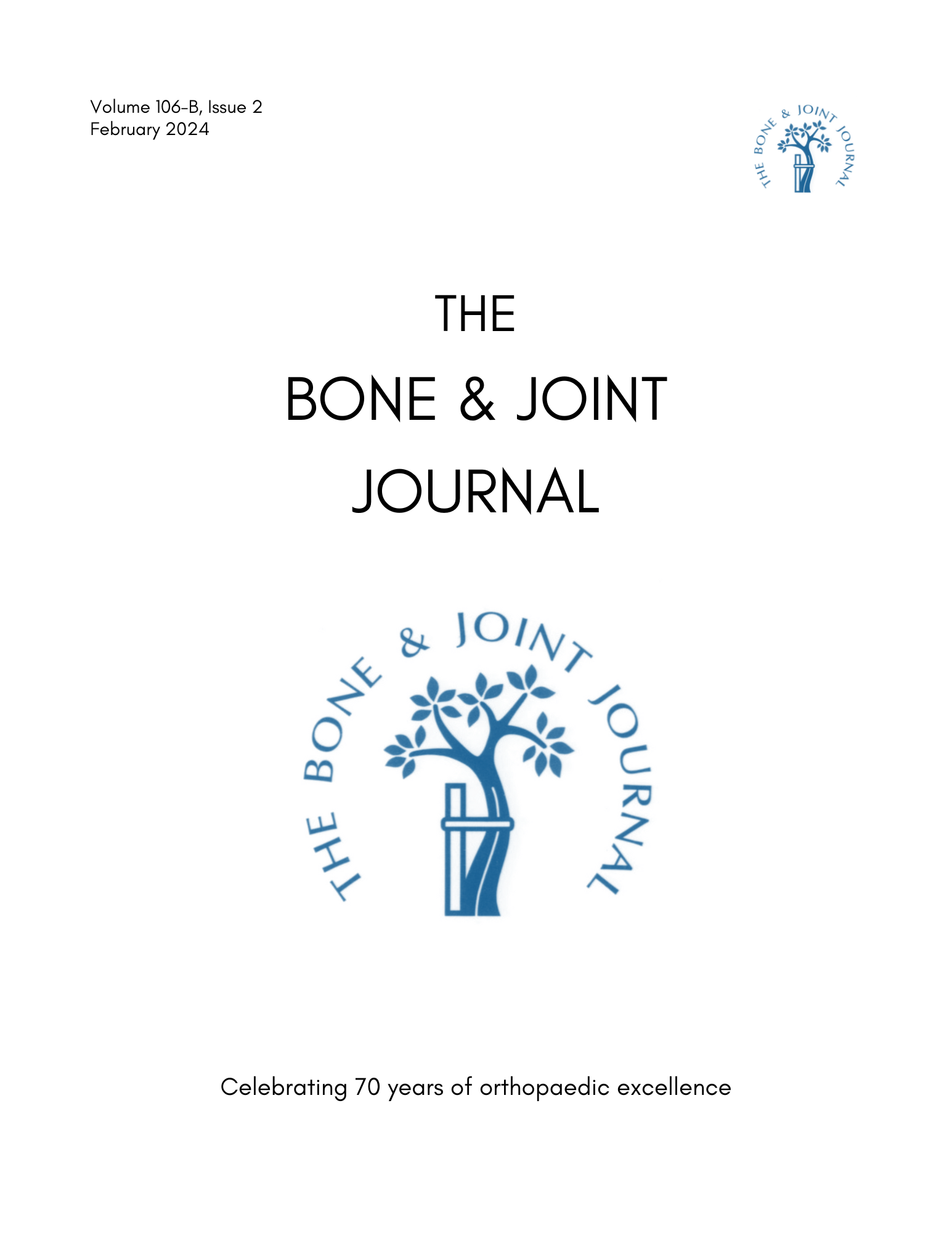
The effects of intermittent pneumatic compression on DVT after Achilles rupture repair

The effects of intermittent pneumatic compression on DVT after Achilles rupture repair
Intermittent pneumatic compression reduces the risk of deep vein thrombosis during postoperative lower limb immobilisation
Bone Joint J. 2015 May;97-B(5):675-80Did you know you're eligible to earn 0.5 CME credits for reading this report? Click Here
OE EXCLUSIVE
Dr. Paul Ackermann discusses the effect of intermittent pneumatic compression on DVT during postoperative lower limb immobilisation following Achilles tendon rupture.
Synopsis
One hundred and fifty patients who underwent Achilles tendon rupture repair surgery were randomized to receive either intermittent pneumatic compression (IPC) for six hours a day under an orthosis (Aircast XP Walker, DJO LLC) for two weeks, or standard treatment in a plaster cast without IPC. The purpose of this study was to determine the effects of IPC on rates of deep vein thrombosis (DVT.) The ...
To view the full content, login to your account,
or start your 30-day FREE Trial today.
FREE TRIAL
LOGIN
Forgot Password?
Explore some of our unlocked ACE Reports below!

Learn about our AI Driven
High Impact Search Feature
Our AI driven High Impact metric calculates the impact an article will have by considering both the publishing journal and the content of the article itself. Built using the latest advances in natural language processing, OE High Impact predicts an article’s future number of citations better than impact factor alone.
Continue



 LOGIN
LOGIN

Join the Conversation
Please Login or Join to leave comments.